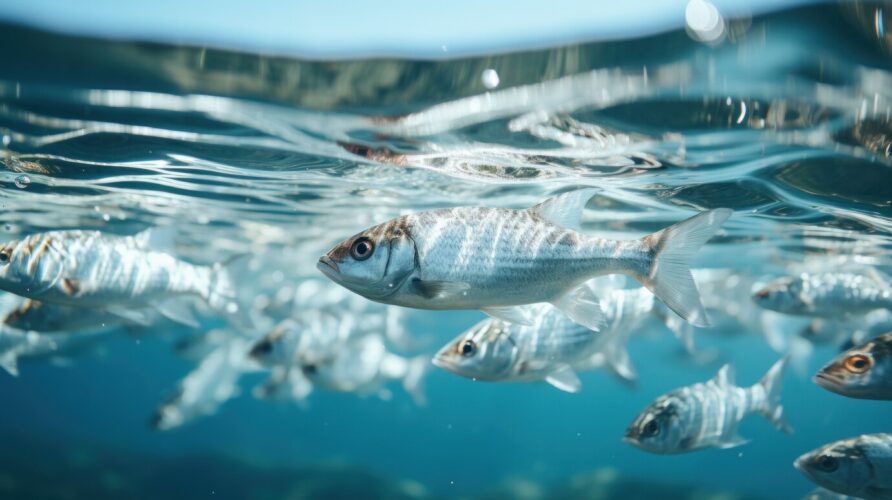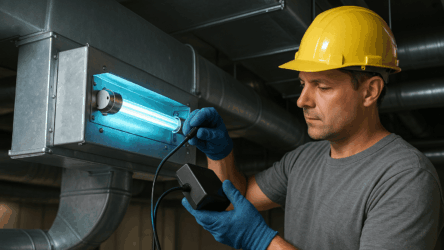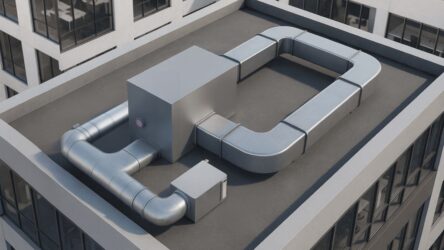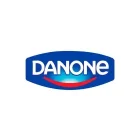Optimal water quality is essential for the effective operation of recirculating aquaculture systems. Ultraviolet sterilization plays a crucial role in eliminating harmful microorganisms, promoting fish health, and reducing the reliance on chemical treatments. However, the correct selection, installation, and maintenance of UV systems directly impact their performance and lifespan. This guide provides key recommendations for choosing, installing, and maintaining UV sterilizers in aquaculture facilities.
Why is UV disinfection essential in RAS?
Fish farms face constant risks from viruses, bacteria, and parasites that can compromise water quality and cause disease outbreaks. UV disinfection effectively neutralizes these pathogens by destroying their DNA, preventing replication without the need for chemicals.
- Studies show that UV disinfection can reduce fish disease rates by 60–80%, making it a vital component of aquaculture water treatment.
- Unlike chemical treatments, UV does not alter water composition or contribute to antimicrobial resistance.
How to select the right UV equipment for RAS
Several factors must be considered when choosing UV sterilization systems, including water quality, system capacity, and tank design. The main types of UV sterilizers used in RAS include:
1. Flow-through UV sterilizers
- Ideal for treating large volumes of water moving through the system.
- Selection is based on the water flow rate (m³/hour)—higher flow rates require more powerful sterilizers.
- For equipment recommendations or custom orders, consulting technical specialists ensures the best match for your system.
- Installed inside tanks, ensuring uniform UV exposure across the water.
- Efficiency depends on placement—the lamp should not be more than 20 cm from the water surface.
- Turbidity affects performance—higher contamination levels reduce UV penetration, requiring stronger UV lamps or pre-filtration.
Water quality directly affects UV effectiveness.
- High turbidity and suspended particles can reduce UV penetration by 30–50%.
- Pre-filtration is recommended for heavily contaminated water to enhance UV performance.
Key installation guidelines for UV equipment
Proper installation ensures optimal disinfection and extended equipment lifespan. Follow these recommendations:
- Install UV sterilizers after mechanical filtration – Pre-filtration removes up to 95% of suspended particles, improving UV penetration and efficiency.
- Position the electronic ballast (EPRA) correctly – It should be mounted above other system components to prevent moisture-related failures.
- Create an air loop – This prevents water condensation from reaching electrical connections, protecting UV system components from damage.
Maintenance recommendations for UV sterilizers
To ensure long-term operation and efficiency, regular UV system maintenance is necessary:
- Cleaning quartz sleeves – Over time, biofouling and deposits reduce UV transmission, lowering sterilization effectiveness. Regular cleaning maintains peak performance.
- Replacing UV lamps – UV bulbs degrade over time; their effectiveness declines after 11,000–16,000 hours of use and must be replaced accordingly.
Why do fish farms rely on UV sterilization?
- Enhances water quality – Effectively eliminates pathogens, reducing disease outbreaks.
- Minimizes chemical usage – Provides eco-friendly water treatment without altering water chemistry.
- Prevents microbial resistance – Unlike antibiotics, UV does not lead to resistant strains.
- Rapid action – Pathogens are neutralized within seconds, making it one of the fastest and most effective disinfection methods.
Conclusion
UV sterilization is a proven and essential technology for maintaining high water quality in RAS systems. When correctly installed and maintained, it helps reduce fish mortality, lower operational costs, and support sustainable aquaculture practices.
For high-quality UV sterilizers, UVL offers a range of reliable UV disinfection systems for fish farms and aquaculture facilities. Our specialists provide expert guidance on selecting, installing, and maintaining UV equipment tailored to your needs. Visit our official website for more information.







